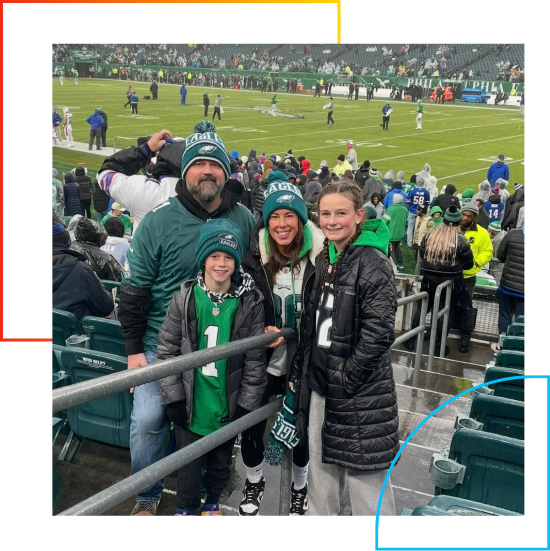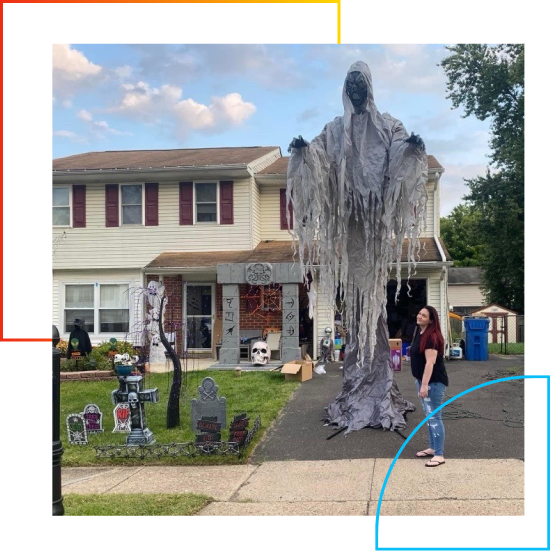Document Custodians
by Jason LaRocca | Vice President of Operations | Published March 25 , 2025
I had several different Operations Managers I reported to during my time at CitiMortgage, Inc. I thought highly of all of them, and all for different reasons. But my favorite one, Mary Agnew, was direct and tough and fair. And her management philosophy boiled down to one thing, essentially – no surprises. When I met with her the first time, she asked me what I wanted from her. When we moved on to what she wanted from me, she said, “I don’t want any surprises. If there are problems you may be having, I want to hear about them from you before I hear about them through some other means or they become bigger issues. By that point, it may be too late.” I am recalling a discussion that took place a decade ago, but this was the gist of it.
How does that philosophy apply to the work we do at Grid151 in the Investor Services space? Let’s talk about Document Custodians.
Document Custodians serve an important and valuable purpose in the mortgage world. They are the first line of defense for your inventory and exception reporting, providing an important level of initial bulk data for your review and analysis as a servicer or secondary market participant. They house hundreds of thousands of your original documents in a fire-proof facility in an organized manner, ready to pull and ship files at a moment’s notice when there is an internal or external need such as default activity or diligence review for loan purchases. They are needed to issue trust receipts, which are accepted throughout the industry as the gold standard if you are looking to securitize or finance your assets. They are a critical piece of the engine humming through all of the activity that makes up the mortgage world.
Unfortunately, there are a lot of things your Document Custodian also cannot tell you. And those missing pieces of information can lead to big and unwanted surprises down the road if you aren’t aware of what they are, or don’t think about them until a sudden need forces you to find a solution.
Document Custodians are limited by both the scale and the availability of the information they have at their disposal. They are also limited by the manual nature of their process. Going through an intake process on tens of thousands of files, noting which documents are originals and which are copies, and building out assignment and endorsement/allonge chains based on review of the documents in file, all while manually inputting data into a custodial system, presents a number of challenges. Standardization of the data is the biggest one. Custodians are using exception codes to cite defects, manually typing in thousands of lines of exception data, often through the work of multiple reviewers. The same type of data can end up being output in dozens of different and subtle ways, necessitating an additional level of manual review you hoped to avoid through access to the custodial data in the first place.
Document Custodians are also limited by the simple availability of what they have in hand. This is especially problematic when it comes to assignment chains. Assignments get completed and recorded all of the time in the mortgage world to meet transactional needs whereby getting the document to the custodial file is very far down the line on the list of process priorities, if it exists at all. While a title search tells you all of the various documents that are recorded against a lien or a property, a custodial report simply tells you what assignments made it to the custodial file, and anyone who has compared those two data streams can tell you how big a difference there is between them. The prevalence of the “assignment to blank” as a placeholder in the custodial file further clouds the potential viability of your assignment chain. A Document Custodian typically isn’t integrating review criteria that include whether or not an assignment they receive meets the recording requirements of a particular jurisdiction—every link in the chain counts. Learn More Here
If you were making a list of unwanted surprises that can hit a Capital Markets or Mortgage Servicing department, you could hardly do worse than finding out you have loans that cannot be sold or foreclosed on because the assignment chain data in your possession isn’t complete, or thinking you have hundreds of recordable assignments in your collateral files that are not recordable at all.
So how can we help you ensure a “no surprises” environment for your processes through the support of our Investor Services Team? By offering an end-to-end suite of services that caters to the unique transactional needs of our clients, we are able to dive deep into the cracks of the custodial process. We run title within our Tax Title Lien Product, ensuring you are aware of every assignment recorded against your asset. We build out standardized exception reporting, specified to the review needs of each client, while also doing a recon against the custodial data to ensure a true picture of your exception exposure emerges. Our Post Close support for our clients is built almost entirely around ongoing updated data telling us what is and isn’t acceptable at a county level in order for us to record documents on your behalf. If you are missing documents, or need replacements, we can identify them and create them. If they need to be signed by a third party, we have a process we continuously update around that data as well. We can fill in the blind spots in your custodial process, ensuring that your transactional needs will run smoothly, without hitting any surprises along the way.
The only surprises you will be left with? How easy everything can be when you have the right data at your disposal, being looked at in the right way, by the right people. Somewhere, Mary Agnew is smiling.



















